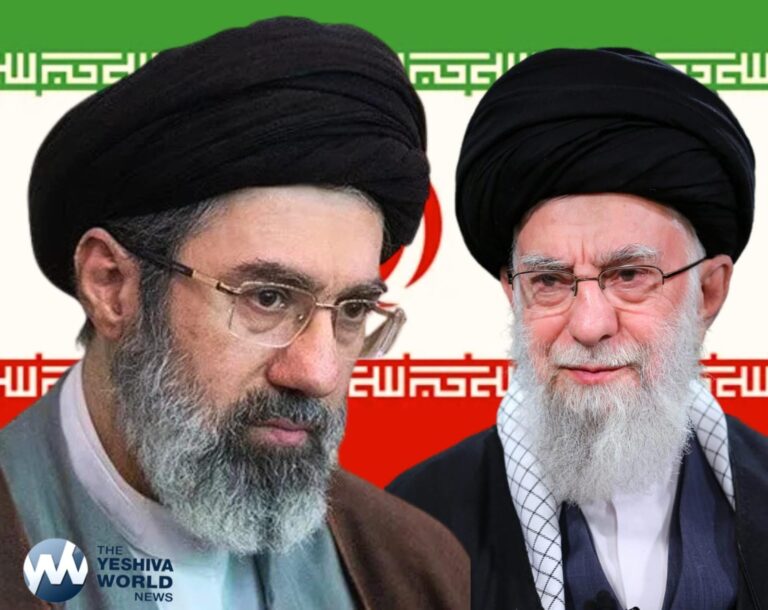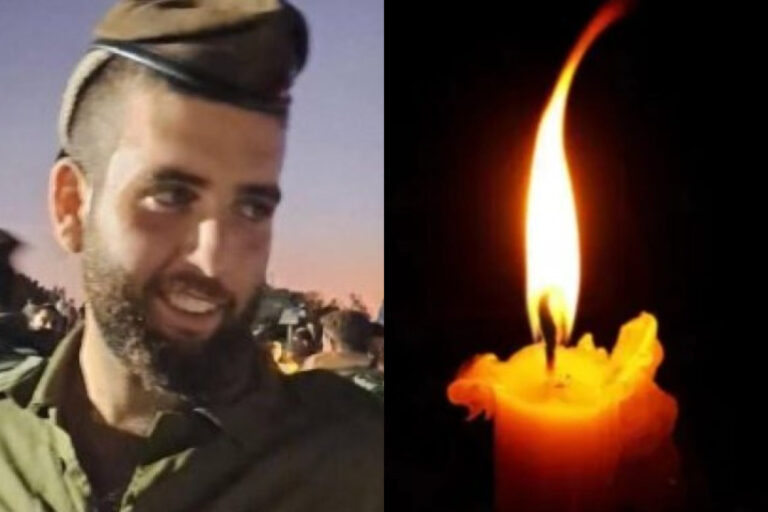Parshas Balak relates one of the most legendary stories from our history; where Bilam’s donkey spoke up and answered him back. If you read through the dialogue, you’ll notice the following: Bilam was told by Hashem not to go, but still goes. He then saddles his own donkey and leaves with the officers from Moav. While traveling, the donkey sees a malach that Bilam does not and starts to veer off course. After being forced three times to veer off the course and Bilam hitting it to get back on course, the donkey finally gets upset and responded. He said: ‘What have I done to you that you have struck me these three times? Am I not your she-donkey on which you have ridden since you first started until now?(22; 28-30) It was at that point that Hashem opened up the eyes of Bilam where he saw the malach standing in front of him.
One can notice that the loshon the donkey used was ‘zeh shalosh regalim’-these three times. Was the donkey was telling Bilam was, that if you’re trying to annihilate this nation that has three yomim tovim, you’ll never succeed! The simple question to be asked here is how would keeping three regalim prevent an entire nation from being wiped out? What do the three moadim have to do with the reason why Bilam won’t succeed and why he will not be matzliach with his mission due to the fact that we celebrate three regalim?
Rav Shaul m’Amsterdam offers a beautiful idea. The pasuk says (24:1) ‘Vayashes el hamidbar panav, Bilam looked towards the midbar to view klal Yisroel from a different angle. The Targum translates this pasuk to mean that Bilam looked back into the midbar to try to remind Hashem of the egel we had worshipped. Bilam was trying to conjure up in the mind of Hashem the episode of the egel. He was saying: ‘you think klal Yisroel is different? You think they’re special? They aren’t; remember how they served the egel in the midbar?’ Bilam was attempting to use the sin of the egel as his weaponry towards bnei Yisroel, so that his curse would be cast upon klal Yisroel. He was trying to make us like we were a nothing.
One of the piyutim we say on pesach, composed by one of the rishonim, says ‘ratzoi eleh-v’eleh hem mo’adoy’-meaning you were appeased with the eleh elokecha yisroel from the eleh hem mo’adoy. How did we get Hashem to forgive us for the chait h’egel? From the fact that we celebrate three regalim.
The Sforno writes that the biggest part of the sin of the egel was that bnei Yisroel was rejoicing over the aveirah. When Moshe Rabeinu saw them rejoicing over it he knew there were major issues going on and that’s why he broke the Luchos when he got down and not when he was still in shomayim.
When klal Yisroel is happy and rejoicing with something, it shows what they are all about. If a person is happy with something and rejoices over it then that too shows what they are all about. If one rejoices with spiritual things then we can assume they are on a high level spiritually. If they rejoice over mundane things we can see they are a very simple mundane empty person.
The essence of a yom tov is to rejoice and to be happy. We all must understand that one of the main goals while performing a mitzvah is to be happy; it should not feel like it’s a burden.
The Avnei Nezer writes in his hakdamah to the Egeli Tal that what does it mean that someone learns Torah l’shma? How does one know if its l’shma or not? He answers; when someone is happy when he learns that’s purely for the sake of Torah. Bilam was trying to say ‘look, they rejoiced over the egel’. But the donkey said right back ‘yes, but they fixed it by rejoicing over mitzvos and the three regalim.’
May we all be zoche to reach a level of performing mitzvohs and learning Torah l’shma and may we continue to try and elevate ourselves through doing mitzvos b’simcha.










